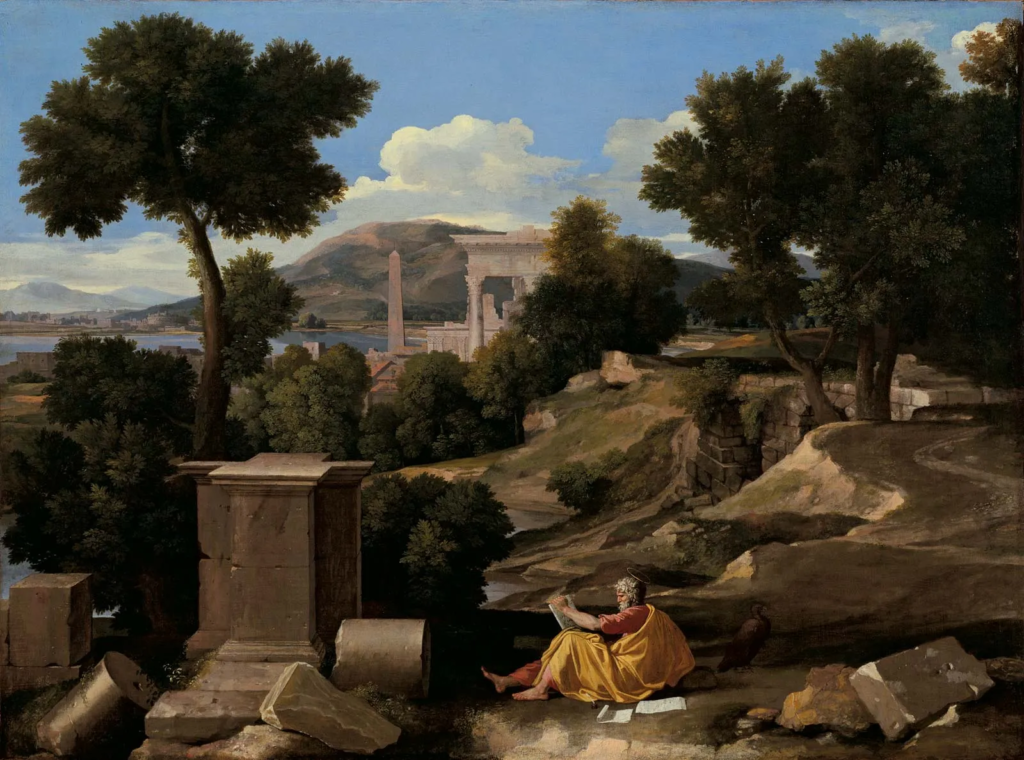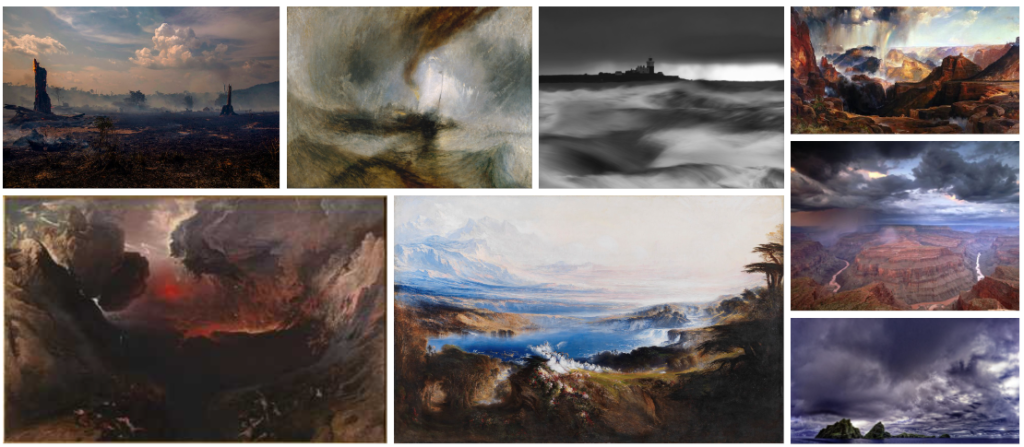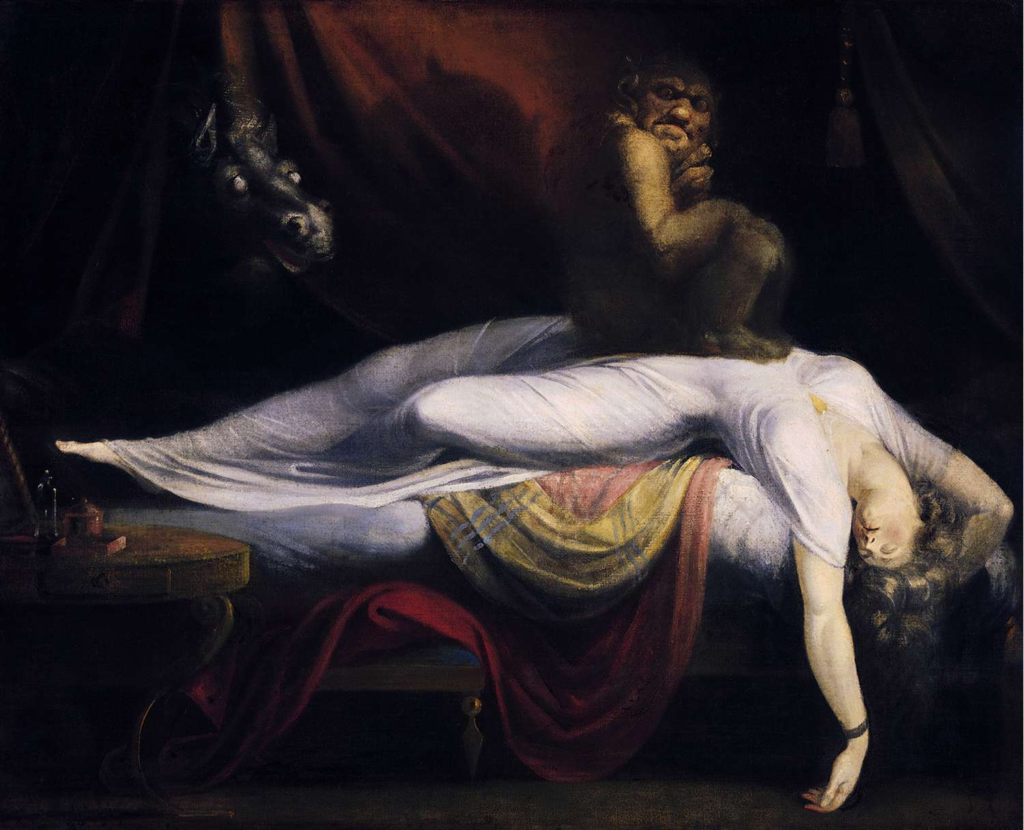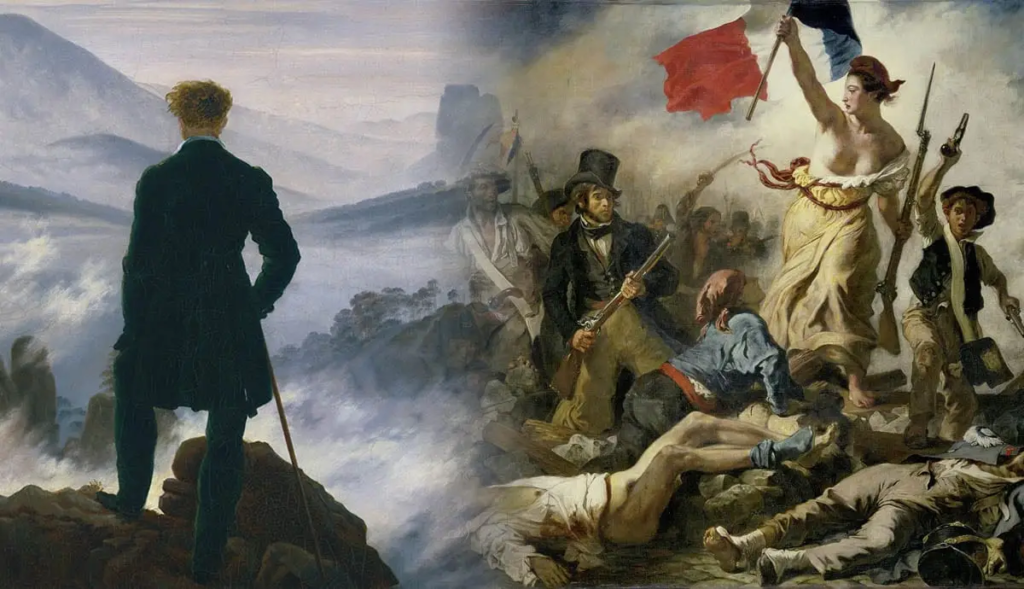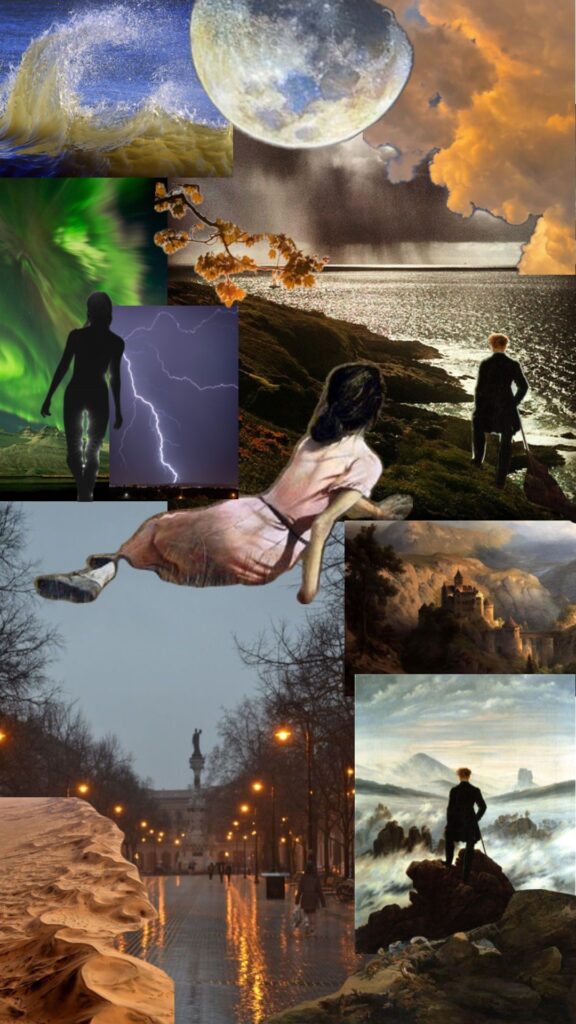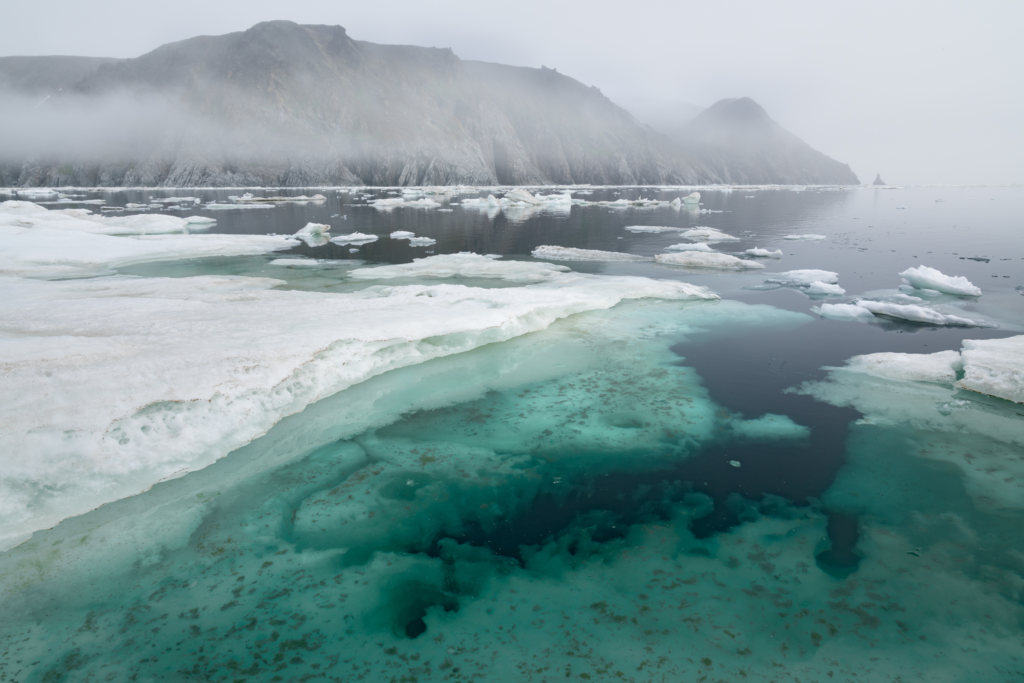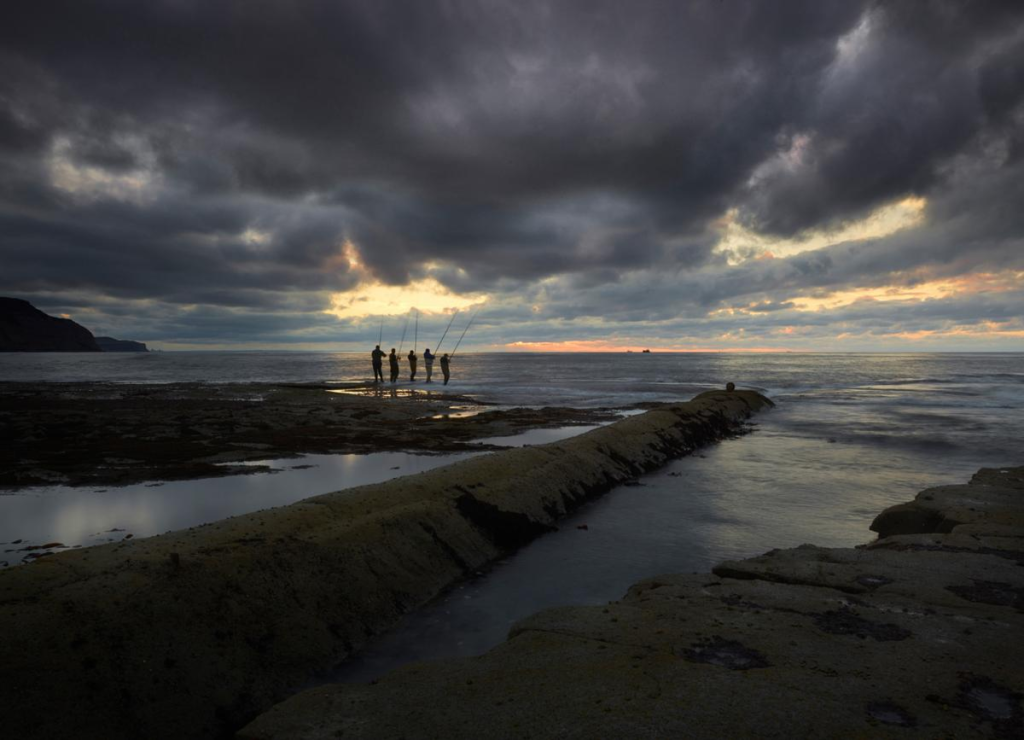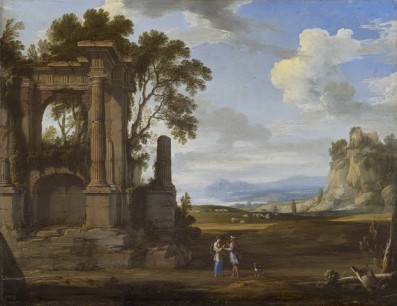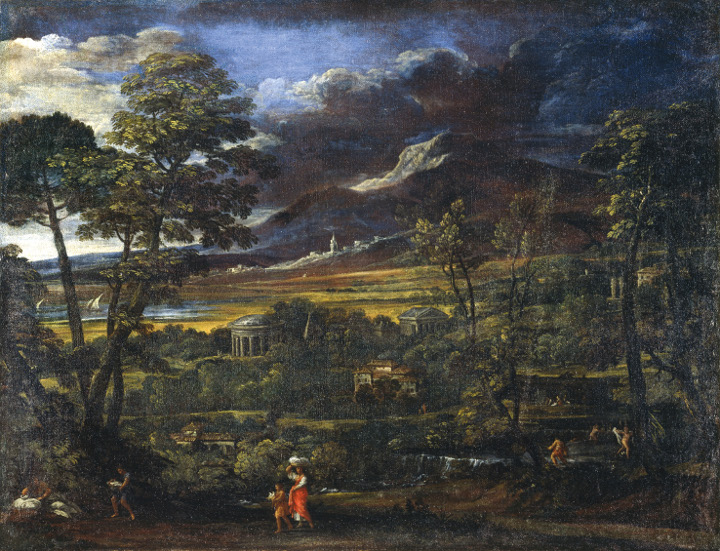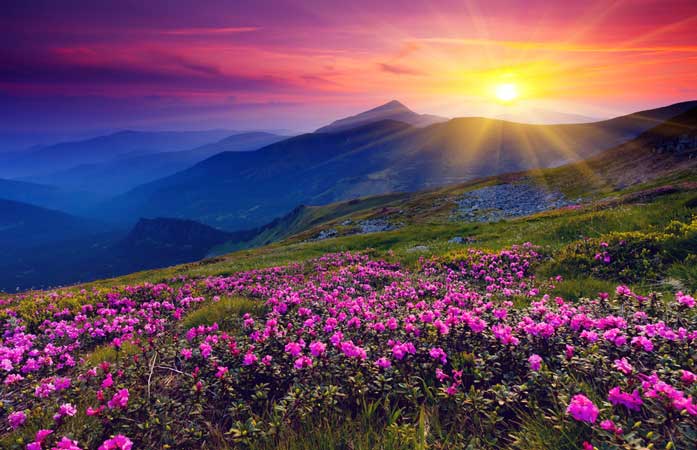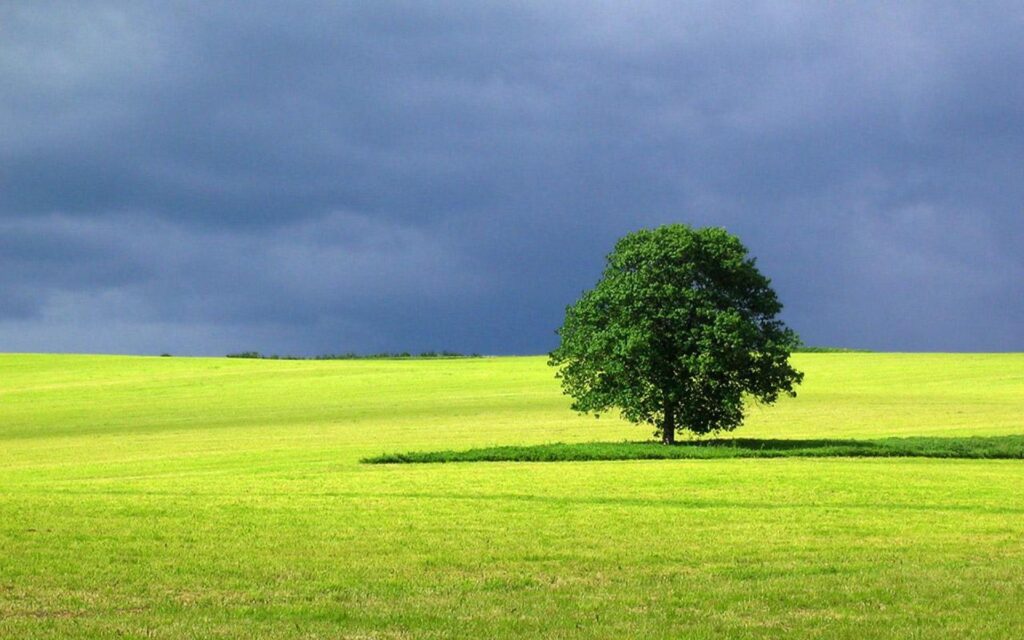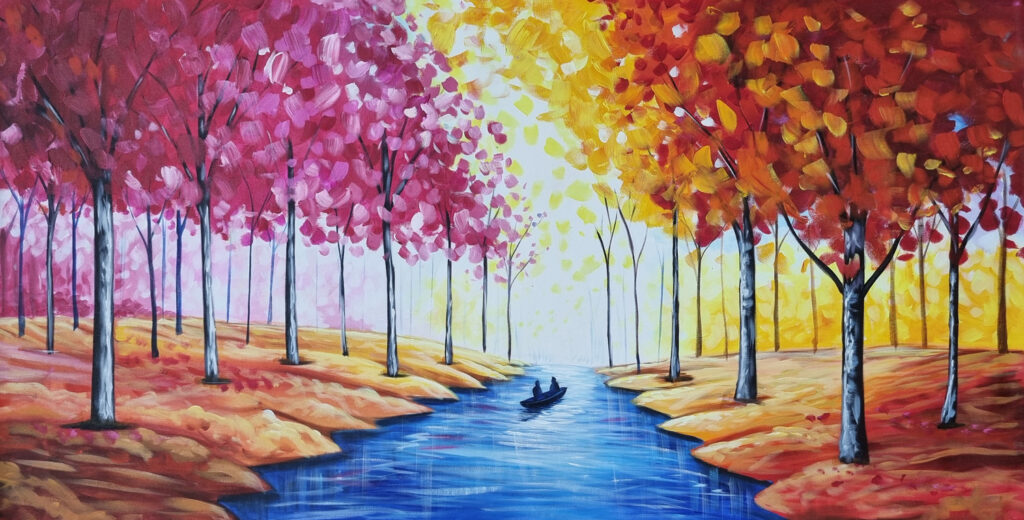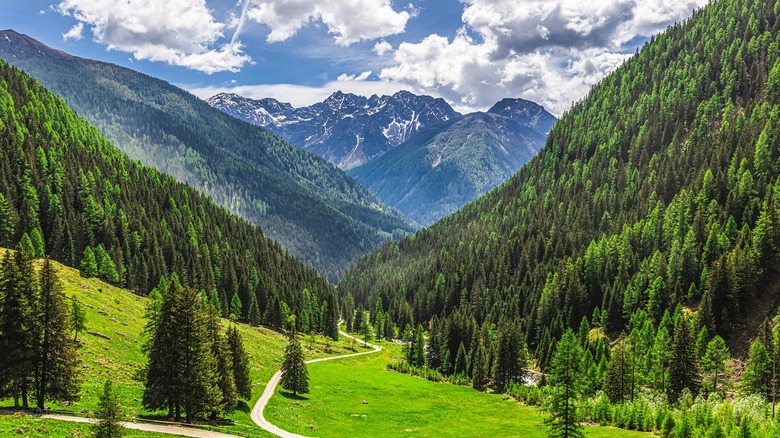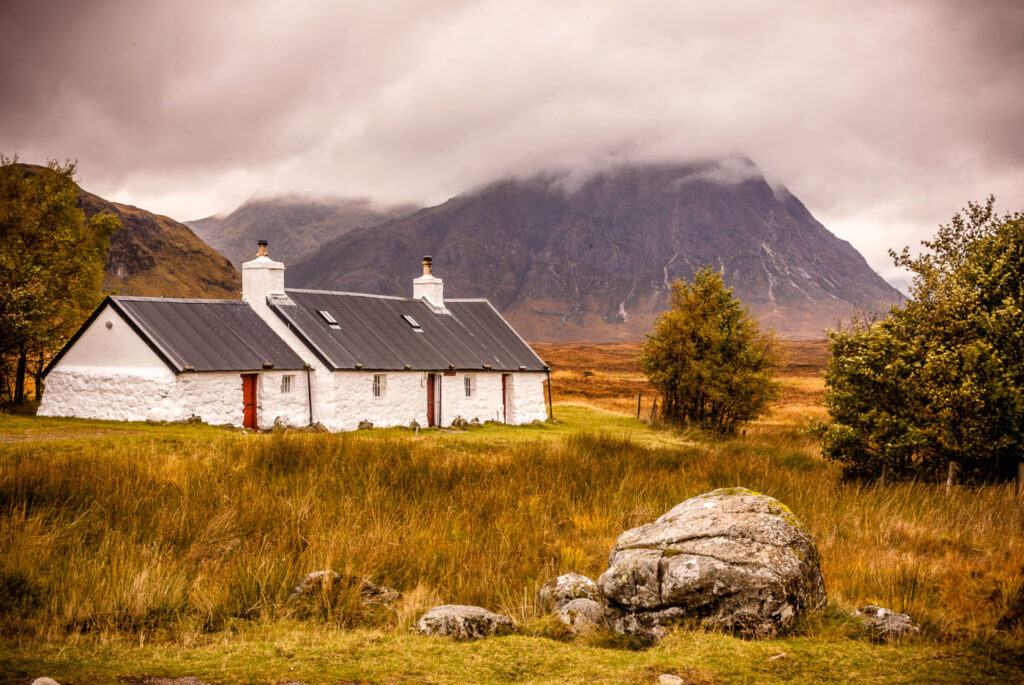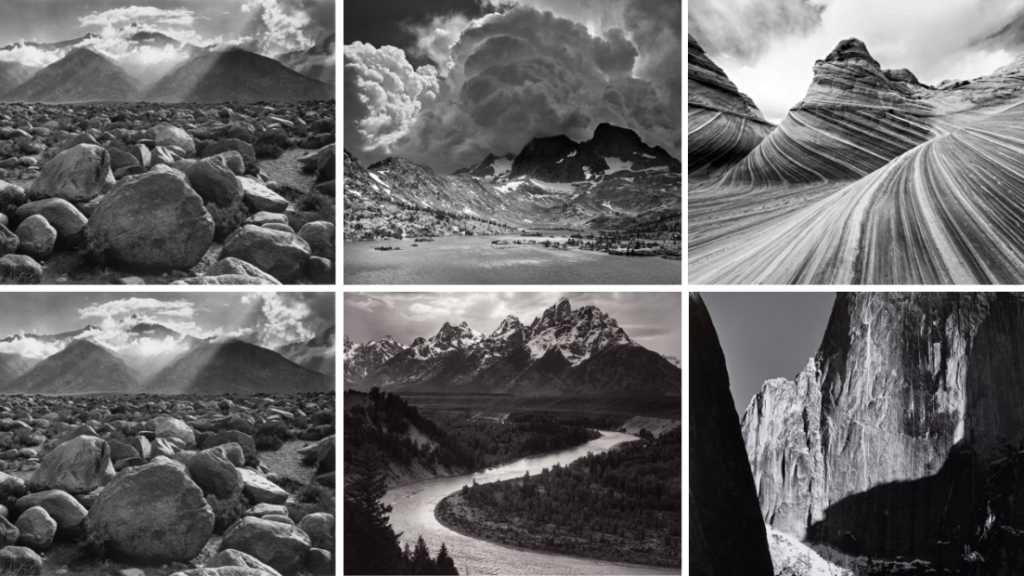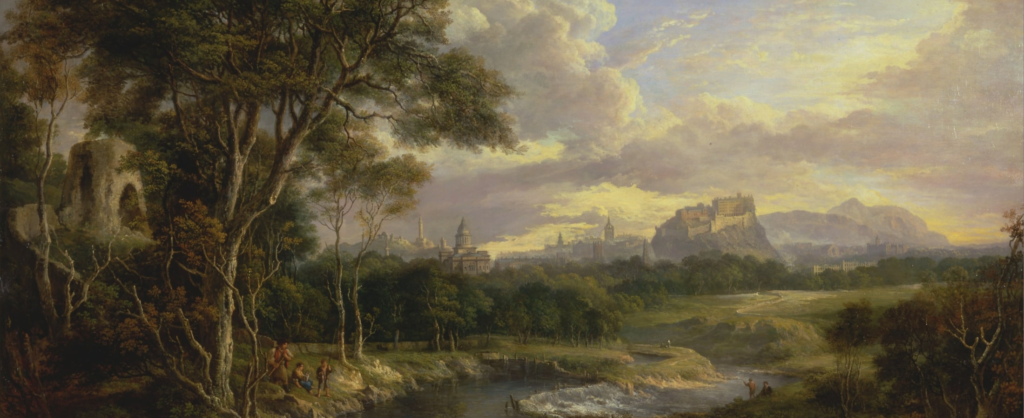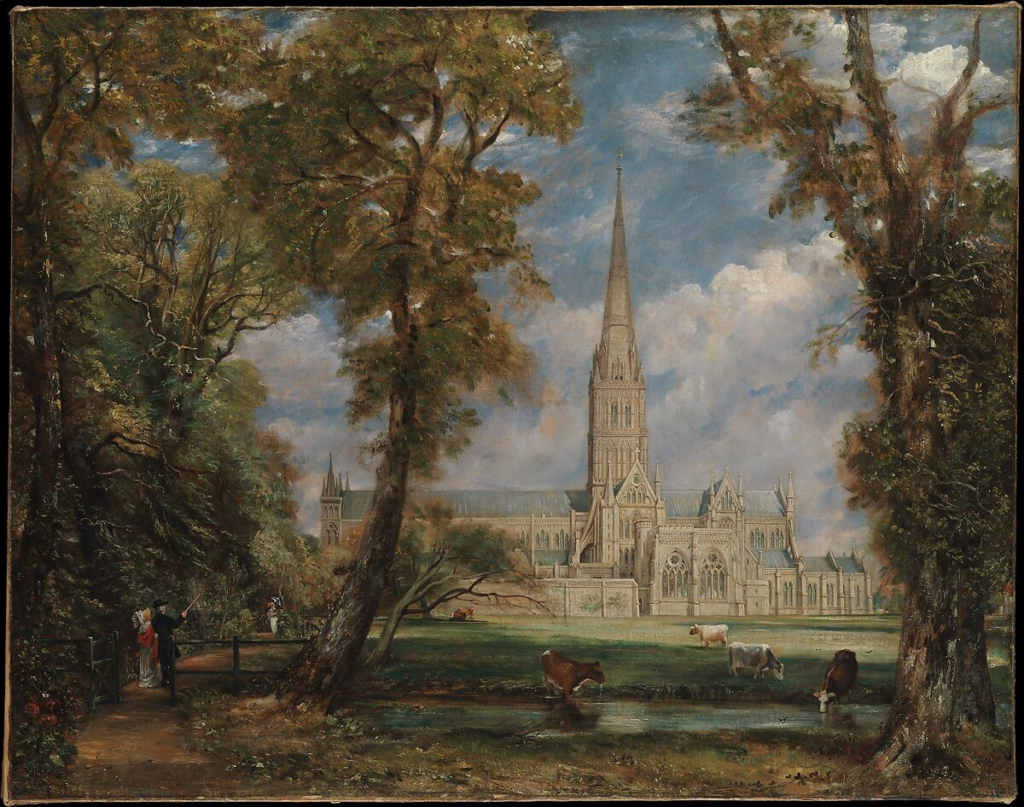Ansel Adams
He felt colour could be distracting, and could therefore divert an artist’s attention from the achievement of his full potential when taking a photograph.

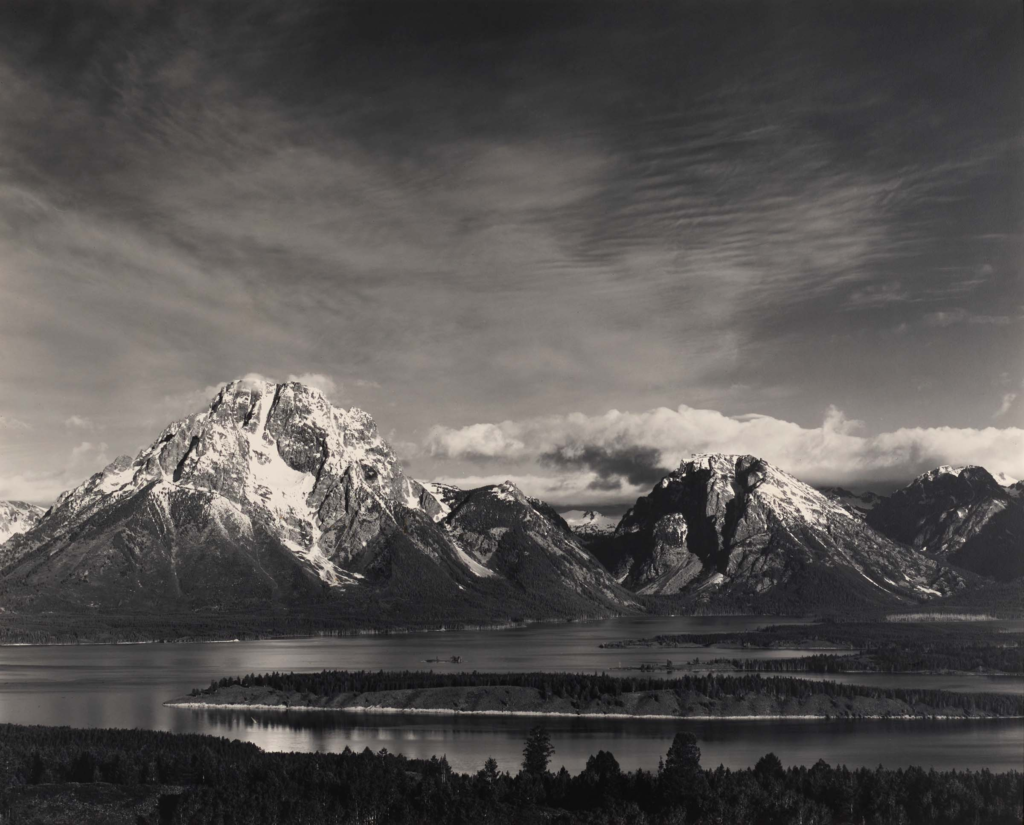

Ansel Adams was a landscape photographer, best known for his black and white photos of American West, he helped found and associate photographers advocating “pure” photography. His visionary belief in the redemptive beauty of wilderness was expressed in grand images that have popularized art photography among the American public. Adams liked to make his photos black and white as he felt colour could be distracting, and could therefore divert an artist’s attention from the achievement of his full potential when taking a photograph. Adams liked to manipulate his photos with dark room to make them more mysterious. However, he started taking pictures in colour for the same amount of time he took photos in black and white.
things that inspired Ansel Adams were because of his struggles due to his Natural shyness and a certain intensity of genius, coupled with the dramatically “earth quaked” nose, this caused Adams to have problems fitting in at school. In later life he noted that he might have been diagnosed as hyperactive. There is also the distinct possibility that he may have suffered from dyslexia. When he was younger he thought he was different from everyone else when In reality these struggles formed his own views and how he sees certain thing such as how he can make landscape photos looks so elegant and show so much detail and history.

The Zone System
Ansel Adams liked to use the zone system which made the colours black to white, this is a photographic technique for determining optimal film exposure and development, formulated by Ansel Adams and Fred Archer. The Zone System assigns numbers from 0 through 10 to different brightness values, with 0 representing black, 5 middle grey, and 10 pure white; these values are known as zones. To make zones easily distinguishable from other quantities, Adams and Archer used Roman rather than Arabic numerals. Ansel Adams Created the Zone System to have a total control of exposure when out on the field.
Ansel Adams photographs were minimalist, shot in black and white using sharp contrast and deep focus. Ansel’s photography is known for its realist style. Whereas landscape artists used colour and brushstrokes to show the beauty of the places that became part of the National Park System. Adams began to pursue “straight photography,” which meant the clarity of the lens was emphasized, and the final print gave no appearance of being manipulated in the camera or the darkroom. Adams was soon to become straight photography’s mast articulate and insistent champion. He liked the idea of manipulating his photos to make them less common and more unique.
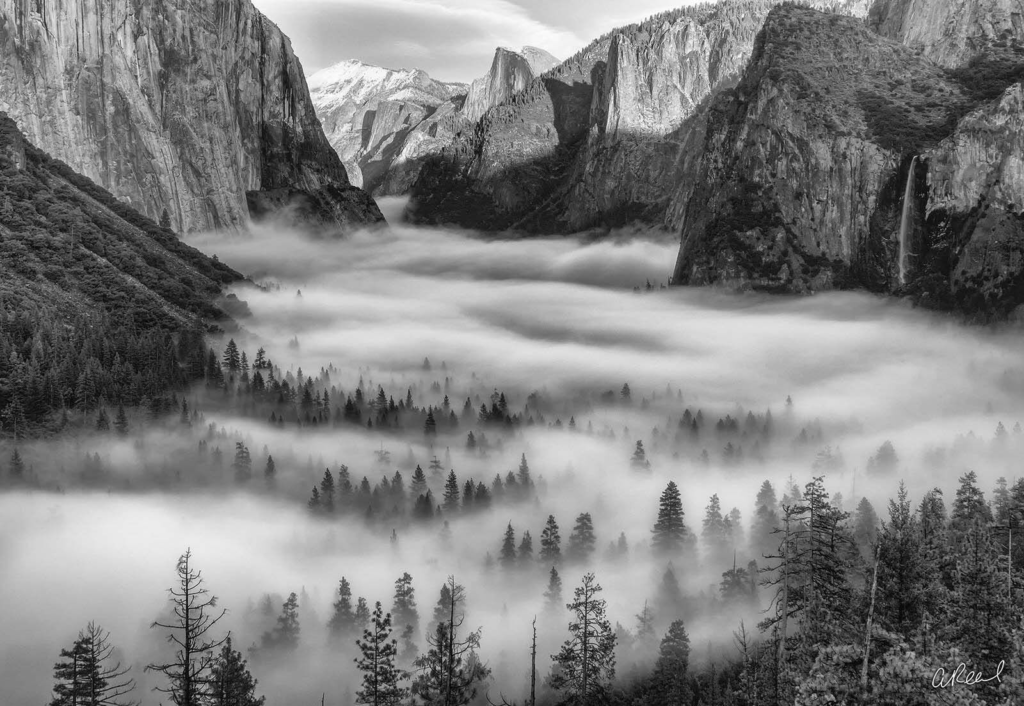
Adams taught himself how to read music and play the piano, and it seemed destined to be his career. But while he dedicated himself to mastering the instrument, from 1916 onwards he also began to visit Yosemite National Park every summer. This lead him to taking a lot of his pictures in Yosemite and the Sierra Nevada which helped to emphasis the natural beauty of land. From my research it made it clear that Adams stopped playing the piano as he didn’t have enough skills to become professional and therefore created a career in photography.
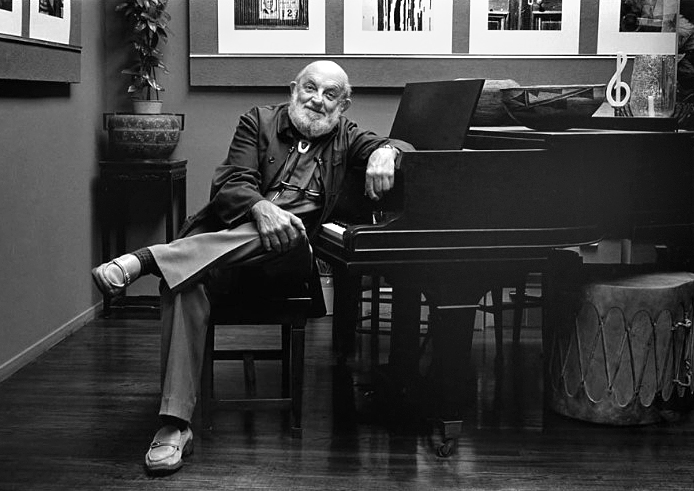
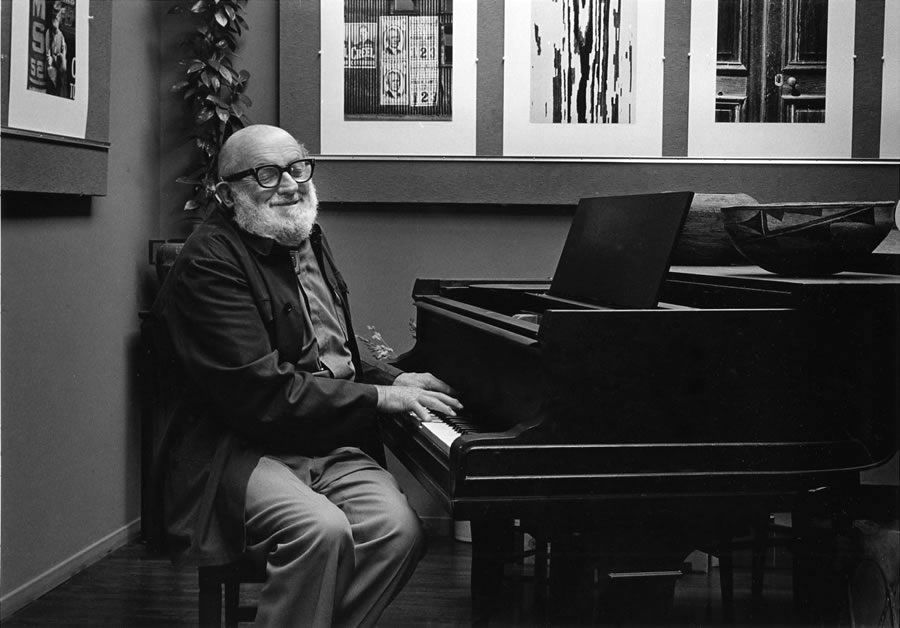
How Ansel Adams images link with Romanticism / Sublime
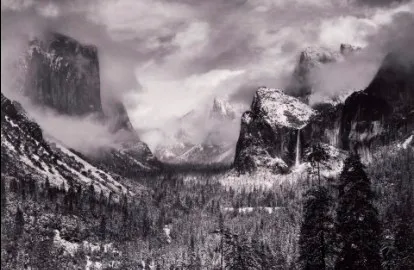
Here is one of Ansel Adams photograph that links with the word sublime as it’s a really original photo however the sky is very grey and stereotypically isn’t very pretty, the clouds could represent that a storm is coming, or a sense of danger, it could even just be a little bit of rain which in some cases would be good to have, as some places, however most people would disagree and say that the rain makes people miserable and gloomy. This photo looks exactly like the ones I had looked at for sublime as it shows such beauty of the world and shows how pure it is although the rain is about to endanger that thought and make the photo look very dark and seen as a lack of beauty in the world.
What/Who did Ansel Adams inspire?
One of the most important legacies of Ansel Adams was that his work contributed to the American Conservation Movement. Between 1850 and 1920, American conservationists invented the idea of the national park and developed the national park system, establishing an international model for the preservation of natural beauty and wilderness. Personally I believe Ansel Adams would have inspired people who struggled in school and felt like they didn’t fit in, the people who believed that they didn’t have place in earth that didn’t have anyone to talk to. Ansel Adams being brave and strong helped him go for what he wanted, he didn’t let any of his problems stop him, however it is heard that he did stop playing music due to the fact that he fell and had an accident during an earth quake when he as younger, he believed his disfigured face would look nice to have, and having to do shows and be an artists didn’t sound reassuring. Ansel Adams therefore used photography as a way of bringing himself up, he used landscape photo of the world and what he liked the best, he liked taking pictures of Yosemite as it was in his home country and this clearly reflects that he has a strong passion towards his history and where he came from, he isn’t ashamed of what he has become but of what he looks like which can be a big problem to many people and Ansel Adams proving that he got on with his life despite his accident shows how powerful you can be if you put your mind to it.













